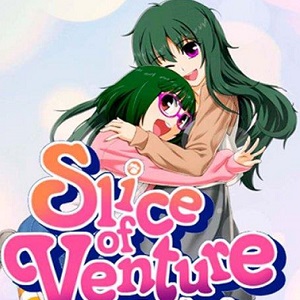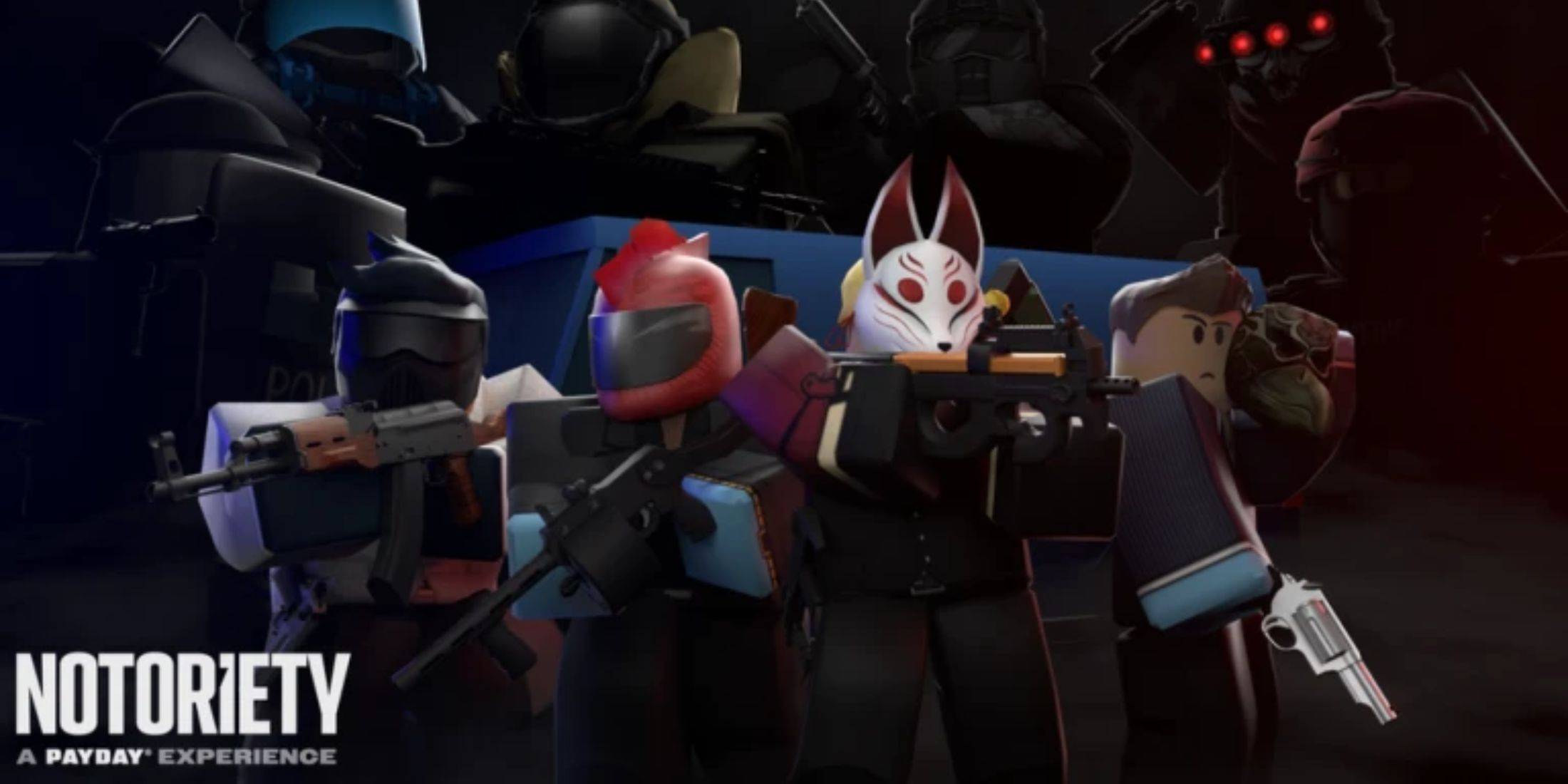"Cinderella at 75: How a Princess and Glass Slippers Revived Disney"
Just as Cinderella's dream was set to end at midnight, The Walt Disney Company faced a similar fate in 1947, grappling with a debt of approximately $4 million due to the financial setbacks of films like Pinocchio, Fantasia, and Bambi, exacerbated by World War II and other challenges. However, the iconic tale of Cinderella and her glass slippers played a pivotal role in rescuing Disney from an early end to its animation legacy.
As Cinderella celebrates its 75th anniversary of its wide release on March 4, we've engaged with several Disney insiders who continue to draw inspiration from this timeless rags-to-riches story. This narrative not only echoes Walt Disney's own journey but also rekindled hope within the company and a post-war world yearning for something to believe in.
The Right Film at the Right Time --------------------------------To understand the significance of Cinderella, we must revisit Disney's fairy godmother moment in 1937 with Snow White and the Seven Dwarfs. Its unprecedented success, holding the title of the highest-grossing film until Gone with the Wind surpassed it, enabled Disney to establish its Burbank studio and embark on a new era of feature-length animated films.
However, Disney's subsequent venture, Pinocchio in 1940, despite its critical acclaim and Academy Awards for Best Original Score and Best Original Song, incurred a loss of about $1 million on a $2.6 million budget. This trend continued with Fantasia and Bambi, further deepening the studio's financial woes. The primary reason was the outbreak of World War II, which led to the closure of European markets, severely impacting the films' performance.
“Disney's European markets dried up during the war, and the films weren’t being shown there, so releases like Pinocchio and Bambi did not do well,” explained Eric Goldberg, co-director of Pocahontas and lead animator on Aladdin’s Genie. “The studio was then commissioned by the U.S. government to produce training and propaganda films, and throughout the 1940s, they focused on Package Films like Make Mine Music, Fun and Fancy Free, and Melody Time. These were excellent projects, but they lacked a cohesive narrative from start to finish.”
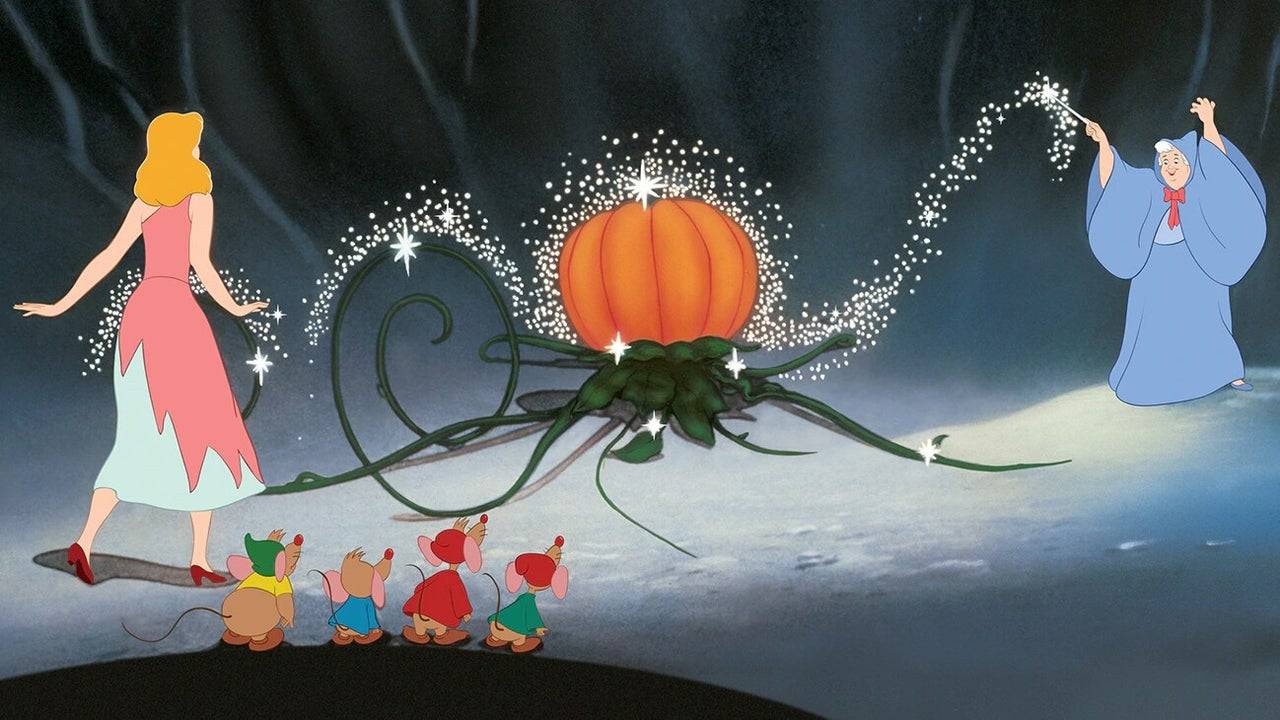
Package Films were compilations of short cartoons assembled into feature films. Disney produced six of these between Bambi in 1942 and Cinderella in 1950, including Saludos Amigos and The Three Caballeros, which were part of the U.S. Good Neighbor Policy aimed at countering Nazism in South America. While these films managed to break even and reduce the studio's debt from $4.2 million to $3 million by 1947, they hindered the production of true feature-length animated stories.
“I wanted to get back into the feature field,” Walt Disney reflected in 1956, as quoted in The Animated Man: A Life of Walt Disney by Michael Barrier. “But it required significant investment and time. A good cartoon feature demands a lot of both. My brother Roy and I had a heated discussion about it. It was one of my biggest upsets. I said we’re going to either move forward, get back into business, or liquidate and sell out.”
Facing the possibility of selling his shares and leaving the company, Walt and Roy chose the riskier path, betting everything on their first major animated feature since Bambi. If this gamble failed, it could have spelled the end for Disney's animation studio.
“At this time, Alice in Wonderland, Peter Pan, and Cinderella were all in development, but Cinderella was chosen first due to its similarities to Snow White,” said Tori Cranner, Art Collections Manager at Walt Disney Animation Research Library. “Walt recognized that post-war America needed hope and joy. While Pinocchio is a beautiful film, it lacks the joy that Cinderella embodies. The world needed a story of rising from the ashes to something beautiful, and Cinderella was the perfect choice for that moment.”
Cinderella and Disney’s Rags to Riches Tale
Walt Disney's connection to Cinderella dates back to 1922 when he created a Cinderella short at Laugh-O-Gram Studios, just before founding Disney with Roy. This short, and later the feature film, were inspired by Charles Perrault’s 1697 version of the tale, which may trace its origins to between 7 BC and AD 23 by the Greek geographer Strabo. The story of good versus evil, true love, and dreams coming true deeply resonated with Walt.

“Snow White was a kind and simple little girl who believed in wishing and waiting for her Prince Charming,” Walt Disney remarked in footage from Disney’s Cinderella: The Making of a Masterpiece special DVD feature. “Cinderella, on the other hand, was more practical. She believed in dreams but also in taking action. When Prince Charming didn’t come along, she went to the palace to find him.”
Cinderella's resilience and determination, despite her mistreatment by her Evil Stepmother and Stepsisters, mirrored Walt's own journey from humble beginnings through numerous failures to success driven by an unwavering dream and work ethic.
Walt's vision for Cinderella evolved from a Silly Symphony short in 1933 to a feature film by 1938, though it took over a decade to reach the screen due to the war and other factors. This time allowed the film to develop into the beloved classic we know today.
Disney's success with Cinderella stemmed from its ability to transform traditional fairytales into universally appealing stories. “Disney took these age-old fairytales and infused them with his unique taste, entertainment sense, heart, and passion,” Goldberg noted. “He made them more enjoyable for all audiences, modernizing them and ensuring their enduring appeal.”
Cinderella's animal friends, including Jaq, Gus, and the birds, provided comic relief and allowed Cinderella to express her true self, while the Fairy Godmother, reimagined as a bumbling grandmother by animator Milt Kahl, added relatability and charm. The iconic transformation scene, where Cinderella's belief in herself manifests into a life-changing night, remains a highlight, with the dress transformation often cited as Walt's favorite animation.
Thanks so much for all your questions about Cinderella! Before we sign off, enjoy this pencil test footage of original animation drawings of the transformation scene, animated by Marc Davis and George Rowley. Thanks for joining us! #AskDisneyAnimation pic.twitter.com/2LquCBHX6F
— Disney Animation (@DisneyAnimation) February 15, 2020
“Every sparkle in that scene was hand-drawn and painted, which is mind-blowing,” Cranner said. “There's a perfect moment during the transformation where the magic holds for a fraction of a second before the dress changes, adding to the scene's magic.”
The addition of the breaking glass slipper at the film's end further emphasized Cinderella's agency and strength, showcasing her as the hero of her own story. “Cinderella is not a bland protagonist; she has personality and strength,” Goldberg emphasized. “When the slipper breaks, she presents the other one she's been holding onto, demonstrating her control and cleverness.”
Cinderella premiered in Boston on February 15, 1950, and had its wide release on March 4, earning $7 million on a $2.2 million budget, making it the sixth-highest grossing film of 1950 and earning three Academy Award nominations. Its success marked Disney's return to narrative feature films, paving the way for future classics like Peter Pan, Lady and the Tramp, Sleeping Beauty, 101 Dalmatians, and The Jungle Book.
75 Years Later, Cinderella’s Magic Lives On
Today, Cinderella's influence remains strong, evident in the iconic castles at Walt Disney World and Tokyo Disneyland, and in the studio's modern films. “When we animated Elsa’s dress transformation in Frozen, we wanted to connect it directly to Cinderella,” said Becky Bresee, lead animator on Frozen 2 and Wish. “The sparkles and effects around Elsa’s dress pay homage to Cinderella’s legacy.”
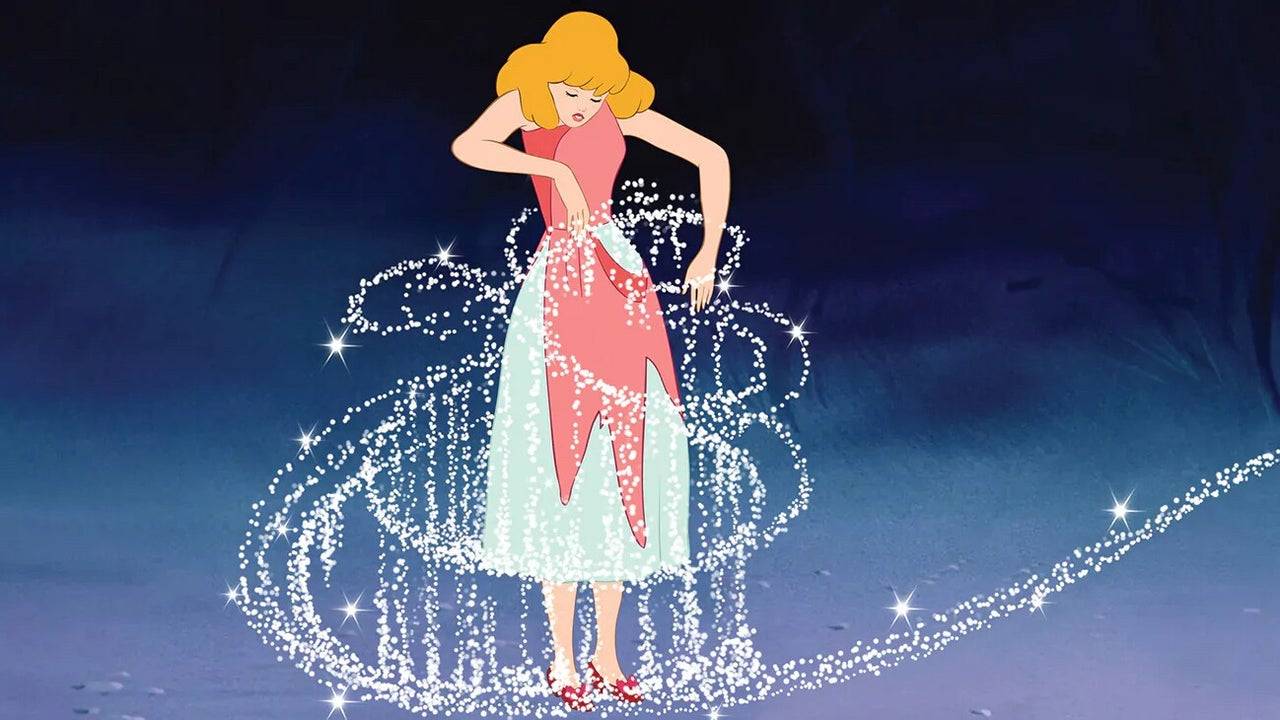
The contributions of the Nine Old Men and Mary Blair to Cinderella's distinctive style and character are also noteworthy. As Eric Goldberg aptly summarized, “Cinderella's biggest message is hope. It shows that perseverance and strength can lead to dreams coming true, no matter the era.”
-
Former Mass Effect Developers Share Vision for Nightingale ImprovementsNightingale, the innovative open-world survival crafting game developed by Inflexion Games (led by former BioWare executive Aaryn Flynn), is gearing up for significant gameplay enAuthor : Connor Nov 13,2025
-
Parallel Dimensions Collide Supercell maintains a reputation for ruthlessly canceling underperforming soft-launch titles - remember Everdale and Flood Rush among others?However, following Squad Busters' initially lukewarm (though since improved) receAuthor : Finn Nov 12,2025
-
 Thot on TrialDownload
Thot on TrialDownload -
 Tabula -Tabu Kelime Oyunu 2024Download
Tabula -Tabu Kelime Oyunu 2024Download -
 โดมิโน่สยาม - Domino SiamDownload
โดมิโน่สยาม - Domino SiamDownload -
 Lucky SurpriseDownload
Lucky SurpriseDownload -
 Aftermagic - Roguelike RPGDownload
Aftermagic - Roguelike RPGDownload -
 Fruit Memory by Beat the OddsDownload
Fruit Memory by Beat the OddsDownload -
 Fruit ShowDownload
Fruit ShowDownload -
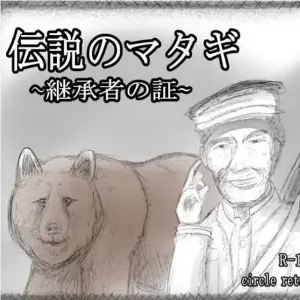 Legendary Matagi ~ Proof of InheritanceDownload
Legendary Matagi ~ Proof of InheritanceDownload -
 Hyper PADownload
Hyper PADownload -
 5000 words. LineDownload
5000 words. LineDownload
- Black Ops 6 Zombies: How To Configure The Summoning Circle Rings on Citadelle Des Morts
- Harvest Moon: Lost Valley DLC and Preorder Details Revealed
- Roblox: Latest DOORS Codes Released!
- Silent Hill 2 Remake Coming to Xbox and Switch in 2025
- Roblox: Blox Fruits Codes (January 2025)
- Roblox: Freeze for UGC Codes (January 2025)

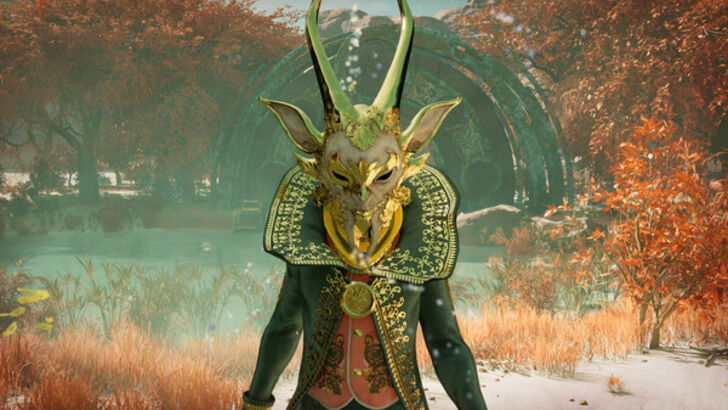


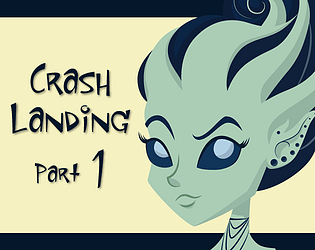



![Taffy Tales [v1.07.3a]](https://imgs.ehr99.com/uploads/32/1719554710667e529623764.jpg)


